My Kiwi house guest and I visited Knole a couple of weeks ago. I'd never been but was keen to go given its links to the Bloomsbury Group - it was Vita Sackville-West's childhood home and she was link to the Bloomsbury Group with which I am currently totally fascinated given that I've visited Charleston House and Monk's House this summer, the latter being the home of Virginia & Leonard Woolf.
Knole is set in a 1,000-acre deer park and it is one of England's largest houses. It is supposed to be a calendar house as it had 365 rooms, 52 staircases, 12 entrances and seven courtyards.
It was constructed beginning in the late 15th century, with major additions in the 16th century. It is Grade I listed which is reflected in the mix of Elizabethan to late Stuart structures, particularly in the case of the central façade and state rooms. The parkland lost 70% of its trees in the great storm of 1987 as Kent was particularly badly hit; it has not yet fully recovered from these losses.
Knole started life as an archbishop’s palace and then passed through royal hands to the Sackville family who have been Knole’s inhabitants from 1603 to today. Inside the showrooms you will find paintings by Reynolds, Gainsborough and Van Dyck and some amazing seventeenth century tapestries and textile as well as furniture that makes Knole's collection internationally significant.
Virginia Woolf, who was a friend and lover of the Vita Sackville West, wrote her novel Orlando based on the history of Knole and the Sackville-West's ancestors. Vita was totally obsessed with Knole and loved it more than anything in the world but the Sackville family custom of following the Salic rules of primogeniture prevented her from inheriting Knole on the death of her father Lionel; it was left to his brother, Charles.
It was a very hot day and a cloudless sky with temperatures soaring to 29 degrees. We arrived at 10am when they opened before the crowds descended so we had the chance to look around and take photos without interruption. We had booked a tour of the house for 11am (those rooms that are currently available to the public viewing).
You enter under the imposing facade of the Gatehouse Tower.
The Gatehouse Tower dominates Knole’s west front and was built for Thomas Bourchier, Archbishop of Canterbury, between 1472 and 1474. Since the eighteenth century, the Gatehouse Tower entrance has only served as the main thoroughfare for visitors making their way to Knole’s historic courtyards and showrooms. This year it has been opened to the public for the first time.
You can climb the steep spiral staircase to the top of the tower, where they will be met with panoramic views of Knole Park. The breath-taking views take in the vast parkland with its wild deer herd and you can also appreciate the scale of Knole’s complex, seventeenth century roofline, with its many chimneys and carved stone leopards (the Sackville family’s emblem).
It is here that Virginia Woolf’s claim, in Orlando (1928), comes to life - that Knole is ‘more like a town than a house’.
The courtyards are beautiful and the original lead guttering and downpipes are inlaid with coats of arms.
Unfortunately you are not permitted to take photos in the state rooms that are open to the public. They contain a collection of 17th-century royal Stuart furniture including three state beds, silver furniture (comprising a pair of torchieres, mirror and dressing table, being rare survivors of this type), outstanding tapestries and textiles and the famous Knole settee. There are also survivals from the English Renaissance including an Italianate staircase of great delicacy and the stunning carved overmantle and fireplace in the Great Chamber. The 'Sackville leopards', holding heraldic shields in their paws and forming finials on the balusters of the principal staircase of the house, are derived from the Sackville coat of arms.
The Sackville family still live in a wing of the house and they are able to live there free of charge for two hundred years.
Knole has a very large walled garden of about 26 acres. It has an unusual fature of a smaller walled garden inside the outer walled garden. Various landscapers were employed over the years to elaborate the design of the gardens with some quite distinctive features including two avenues, bosquet hedges, clair-voies and a patte d'oie.
The orangery is a beautiful feature of the house from which you have stunning views of the garden and from where you enter the garden, armed with a map provided by one of the volunteers.
Wherever you are in the walled garden you are never far from a view of this magnificent imposing house.
Lord Sackville’s 500 year old private garden is a magical space featuring sprawling lawns, a walled garden, an untamed wilderness area and a medieval orchard. It is open to the public every Tuesday from April to September. The garden at Knole has existed since the early fifteenth century and has been extended over the years. The Kentish ragstone walls that surround the garden were added during the tenancy of the Lennard family, who leased the property from 1574. The walls run for almost one mile enclosing the entire 26-acre garden, interrupted only by a series of wrought iron gates providing far-reaching views over the surrounding parkland.
The garden comprises a variety of spaces from formal spaces with lawns and borders to the less structured wilderness area of meandering mossy paths and hidden clearings.
I could have spent hours at this beautiful place and plan to go back in the spring. I might even take a hike around the huge grounds or even a leisurely jog!!
I do hope you have enjoyed this visual feast of a stunning house and garden which is only just over an hour from London. It really is worth a visit so do take the opportunity to go one day.
You may also like to read

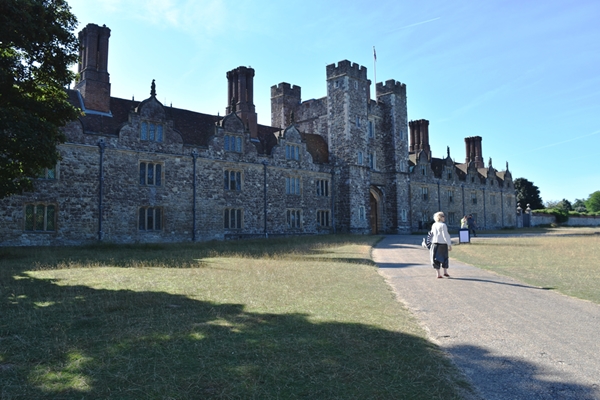
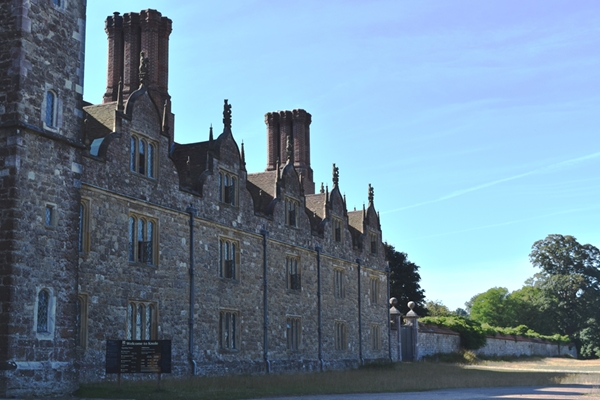
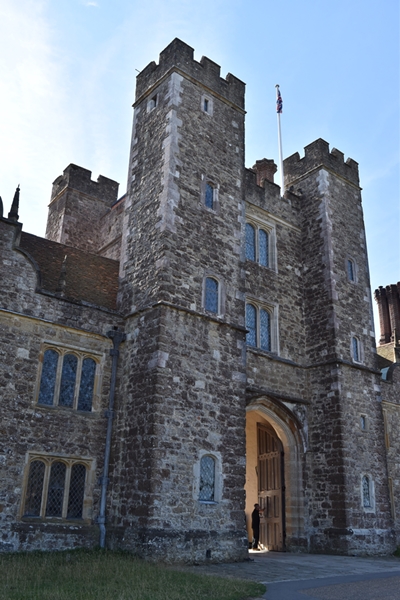
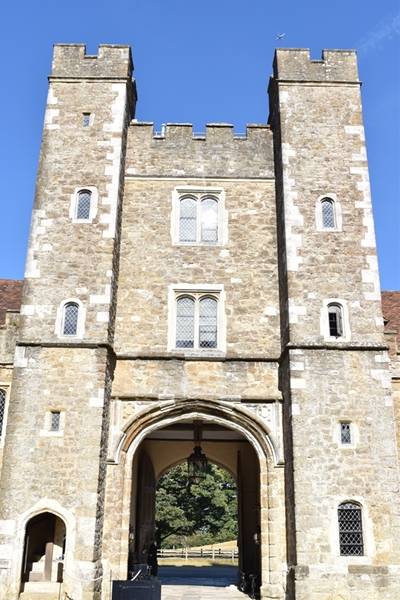

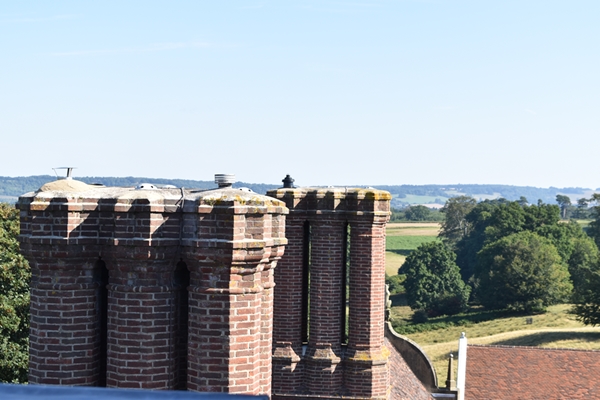
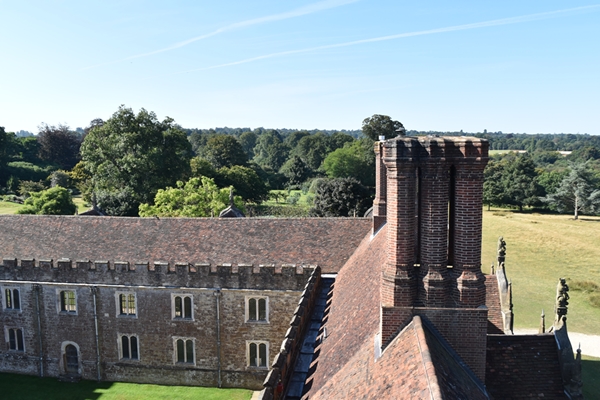
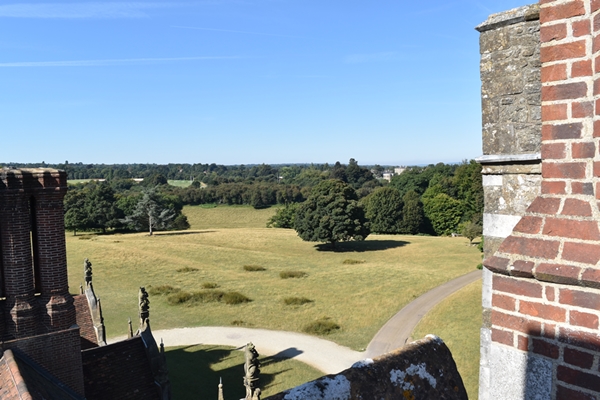
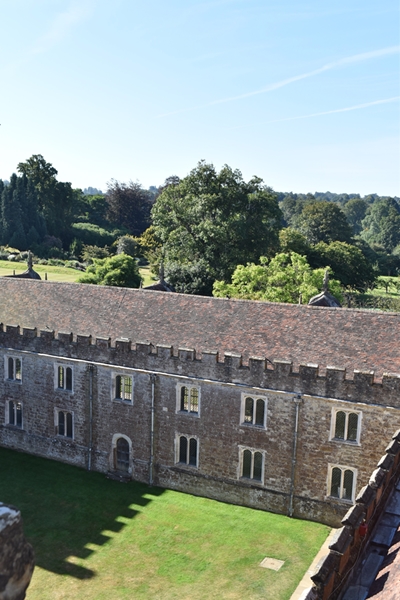
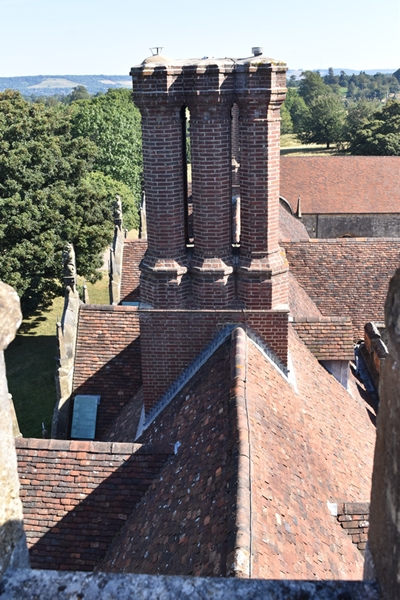
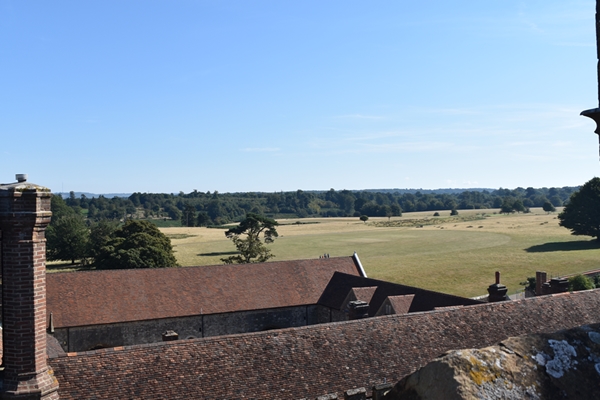
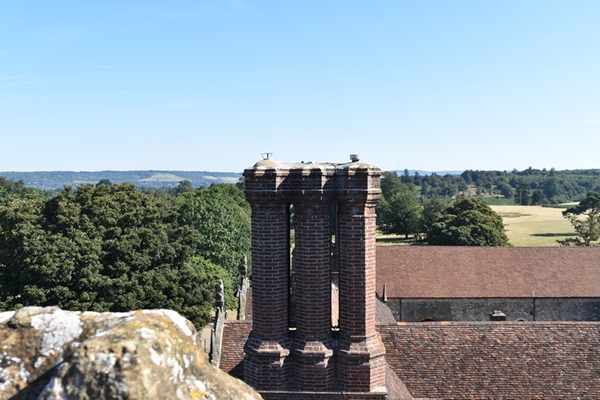
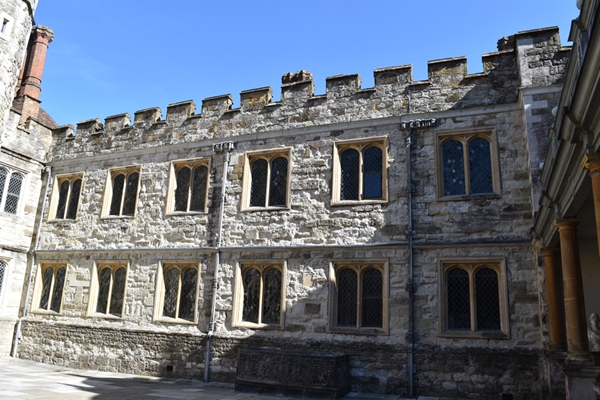
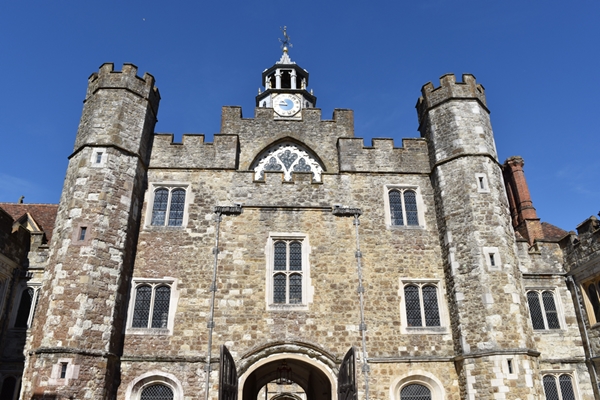
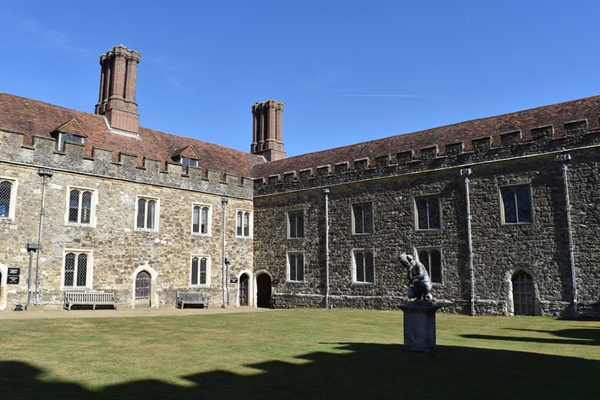
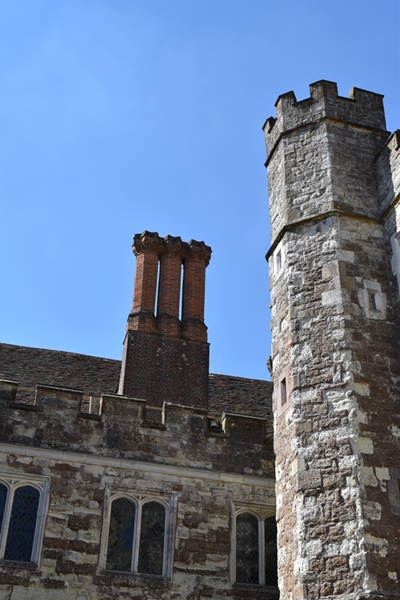
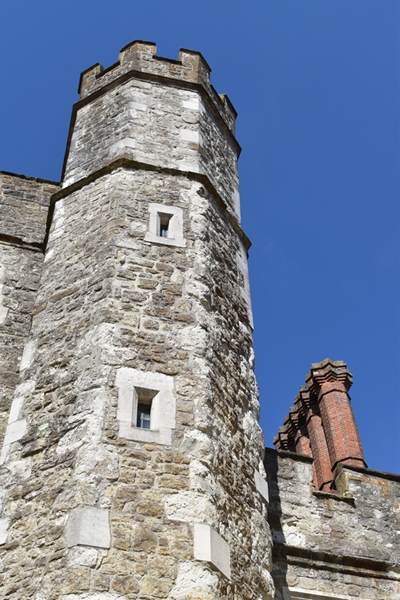

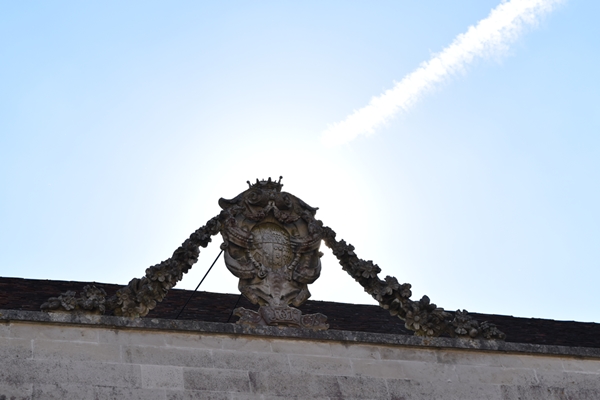
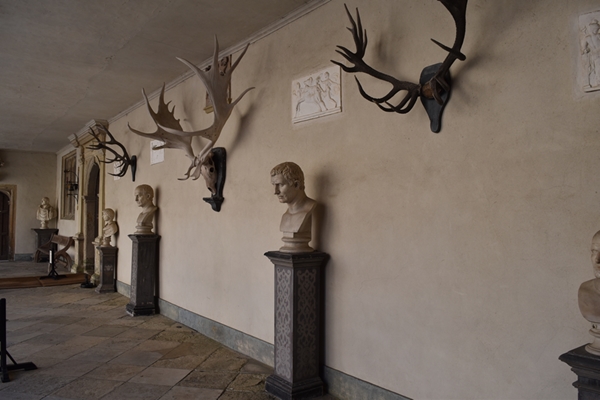
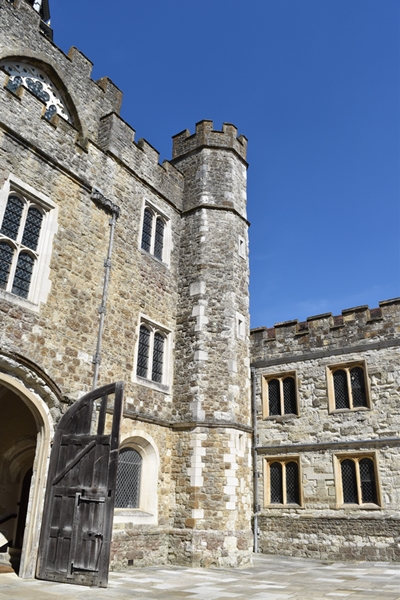
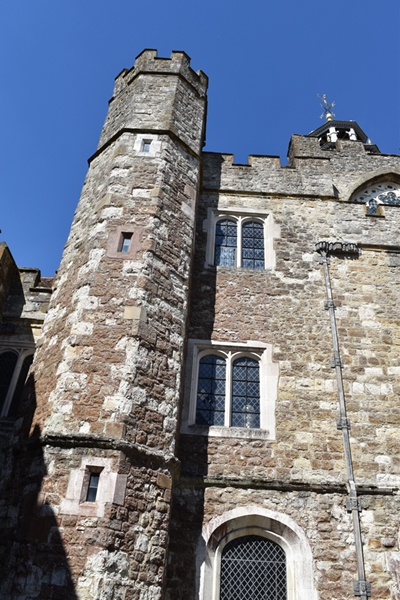
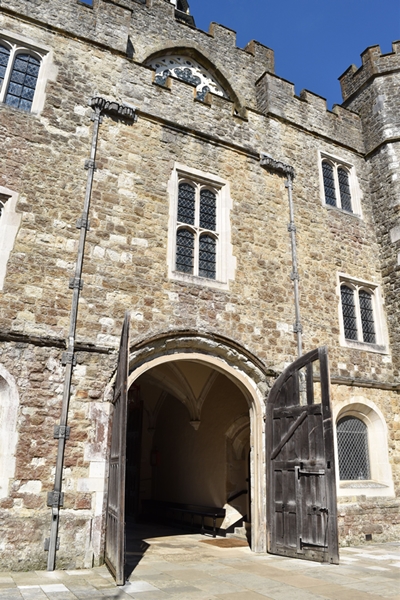
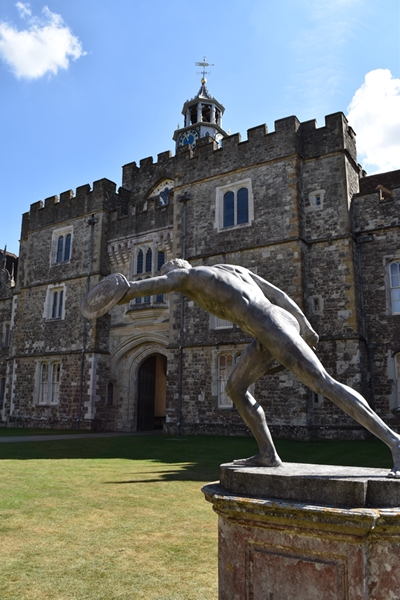
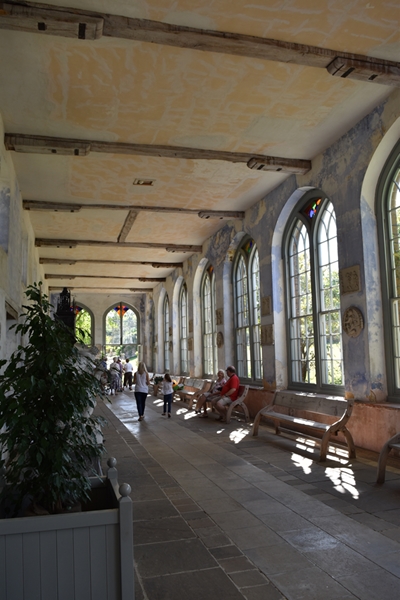
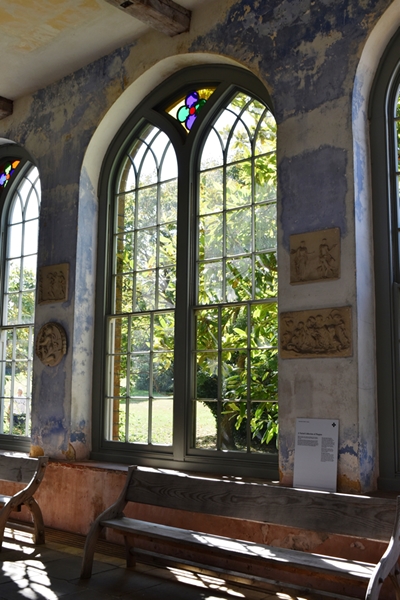


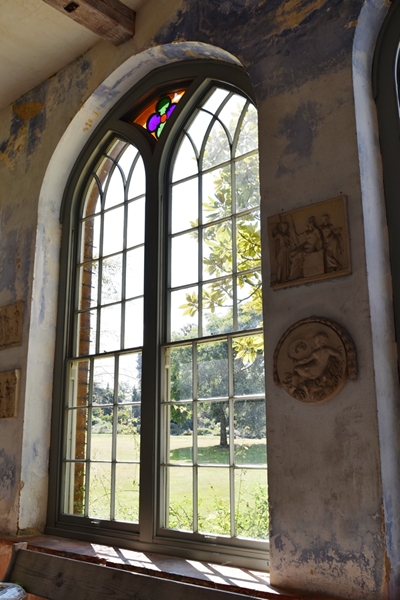
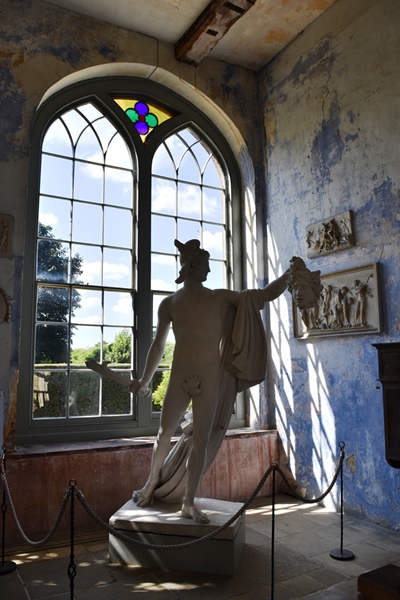
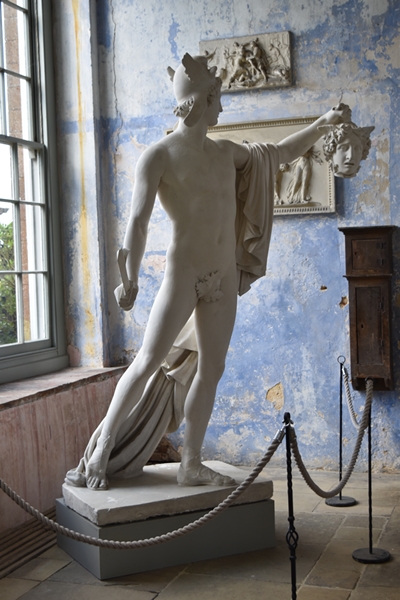
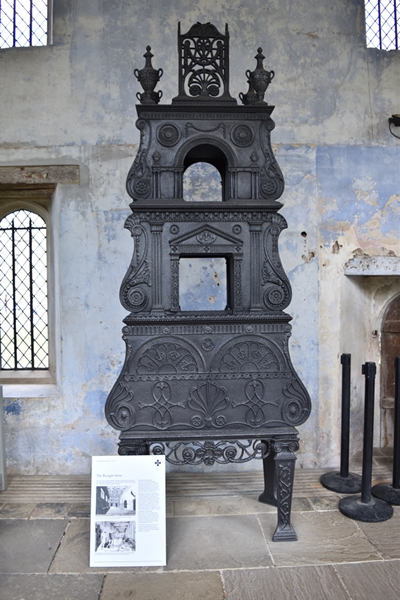
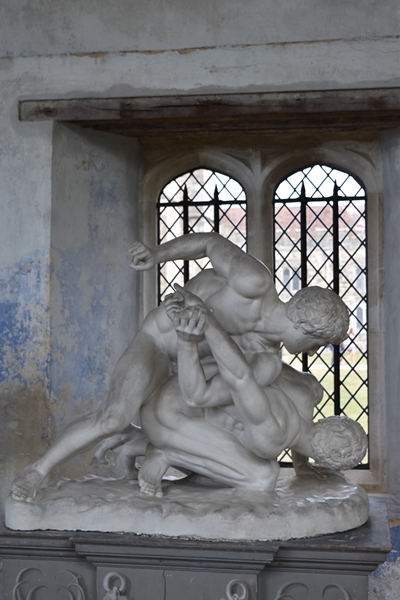
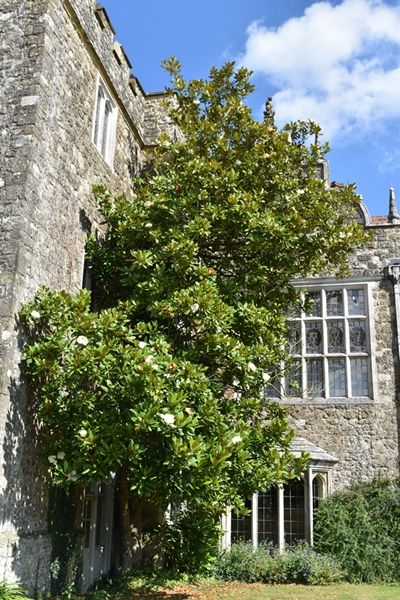
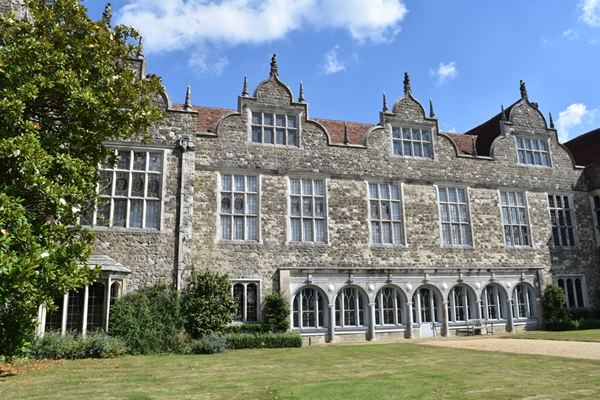
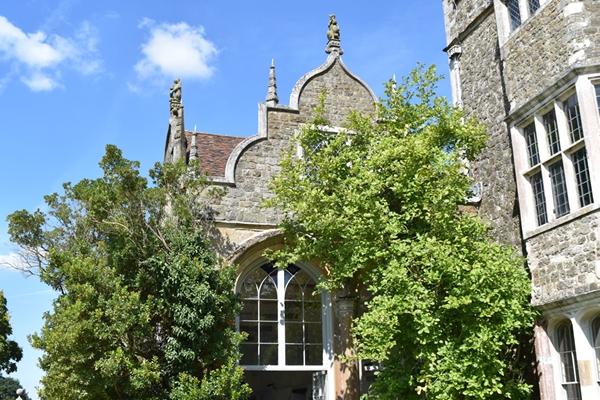
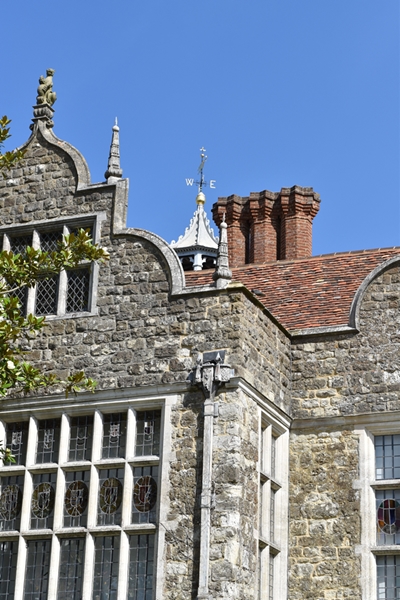
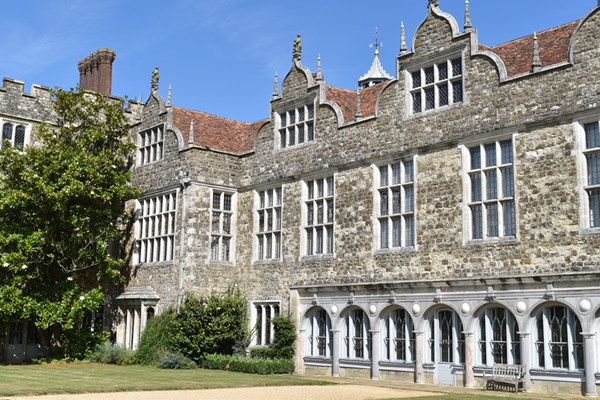
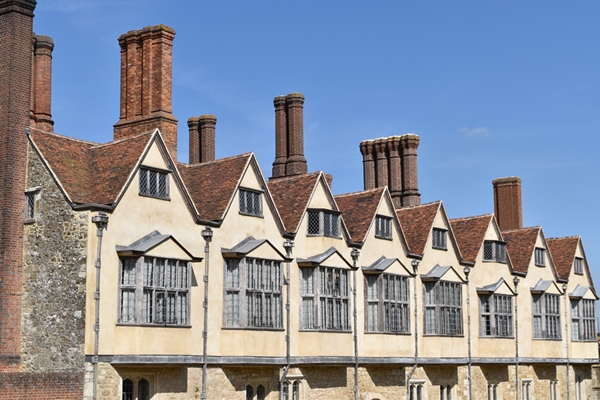
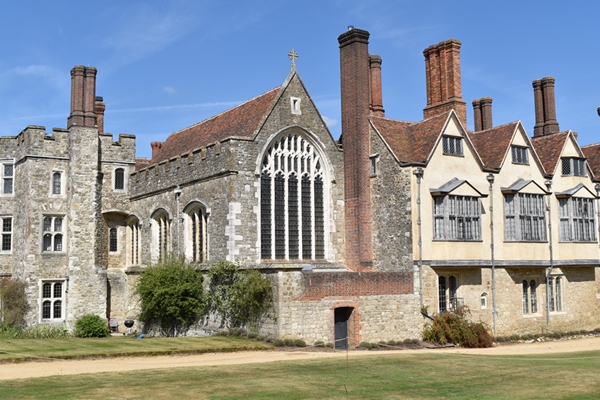
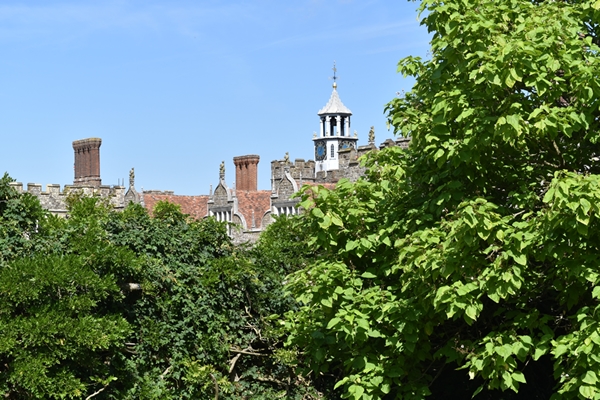
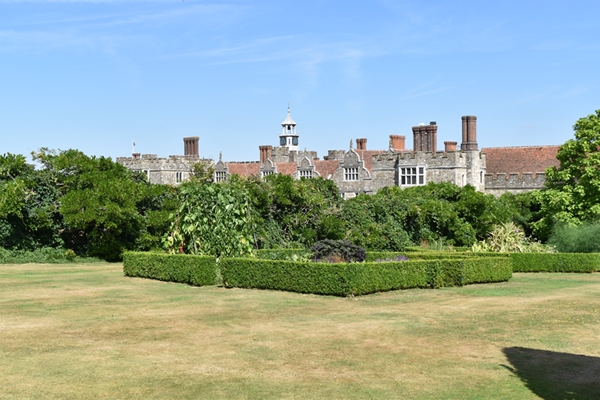

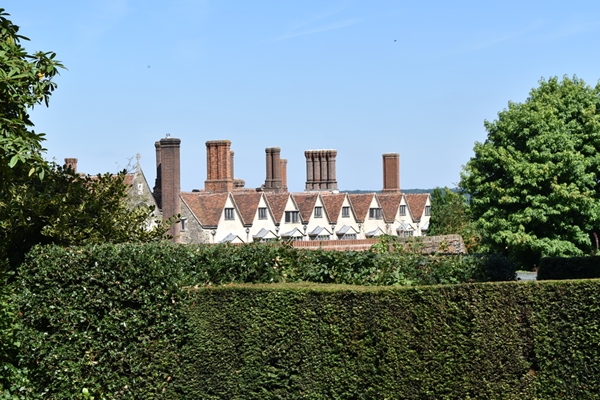
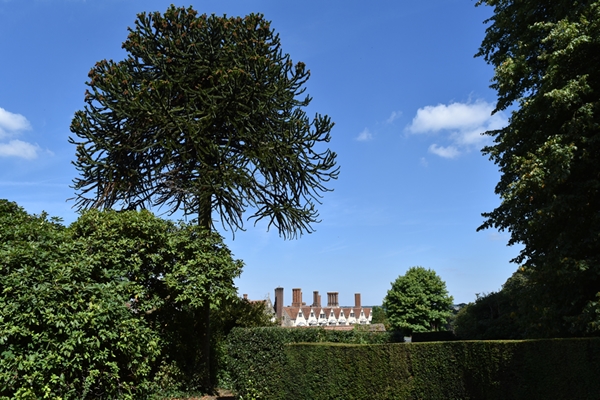

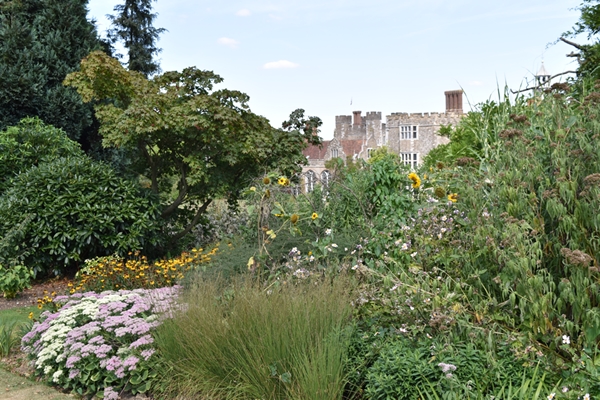
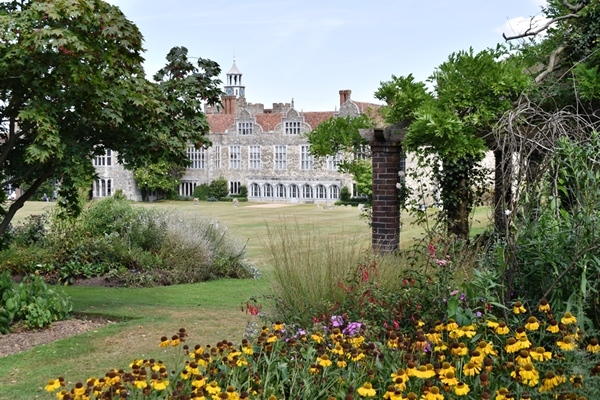
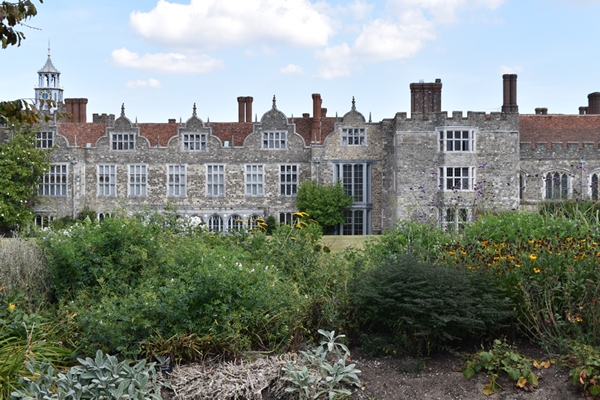
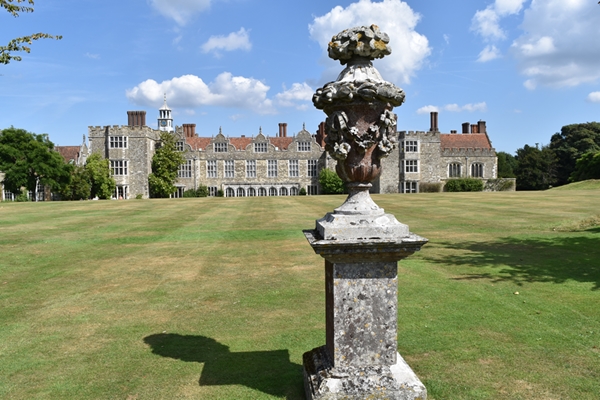
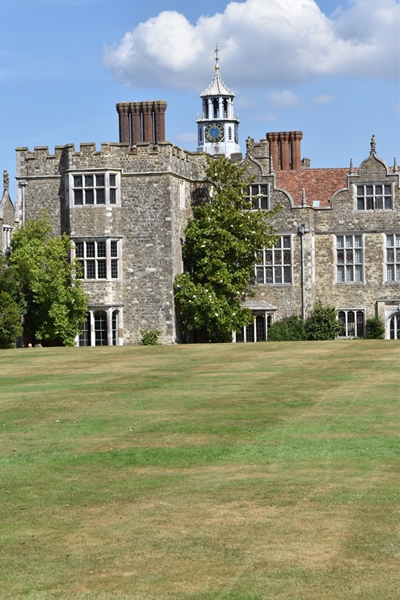
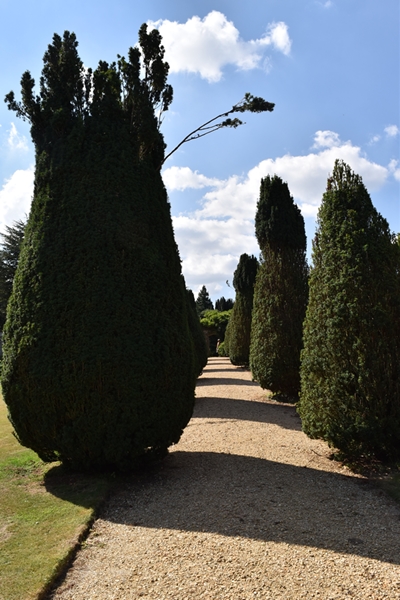
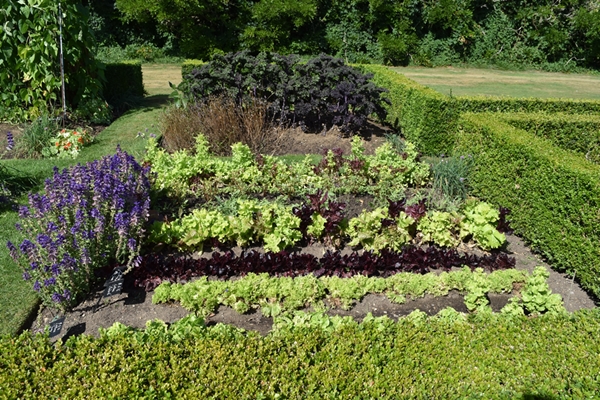
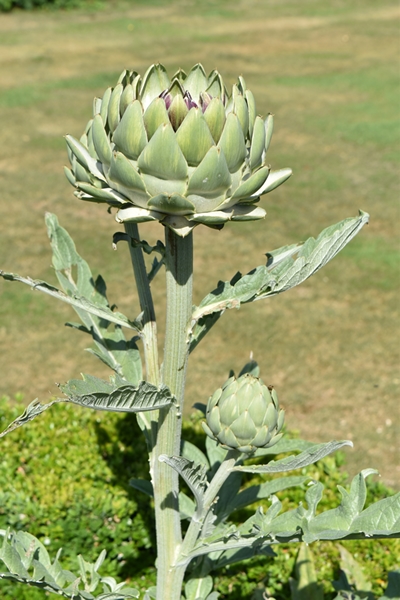
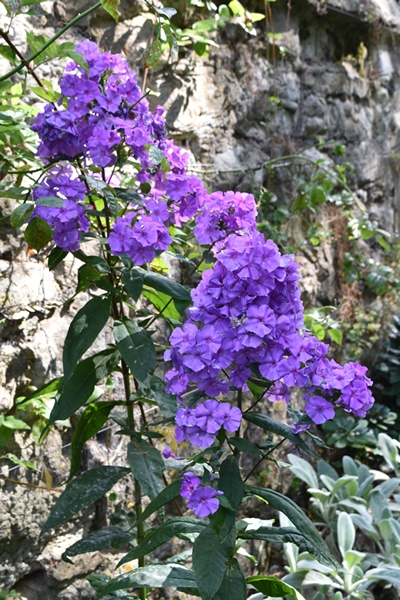
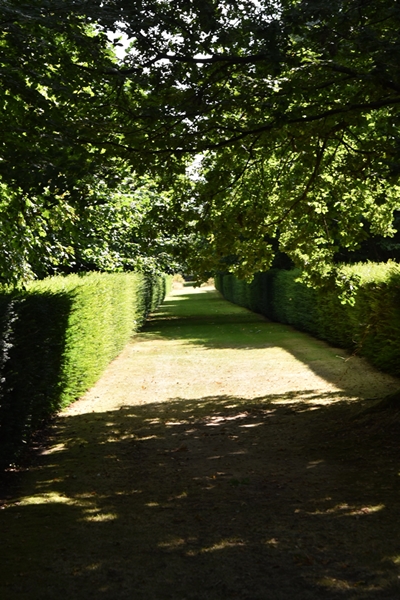
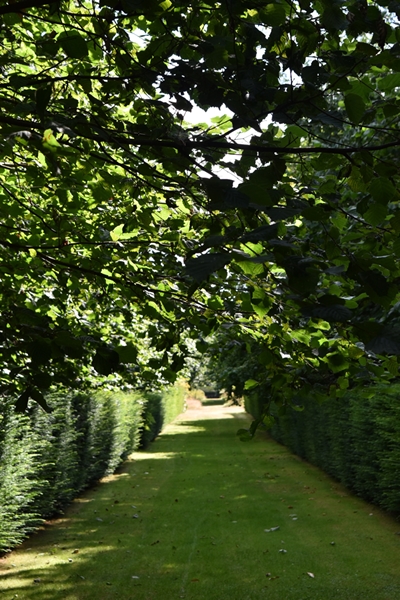
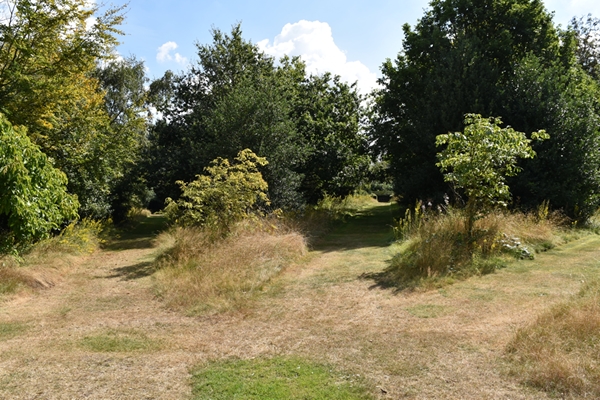
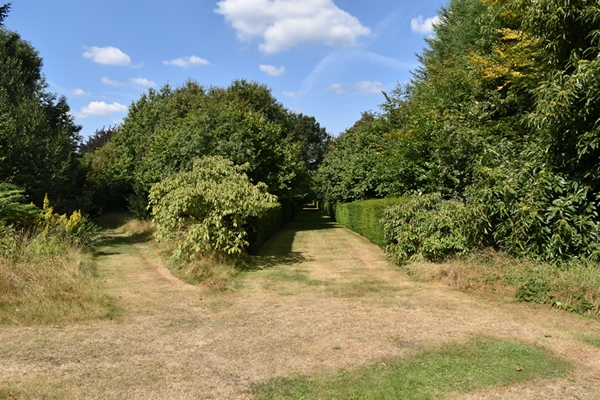
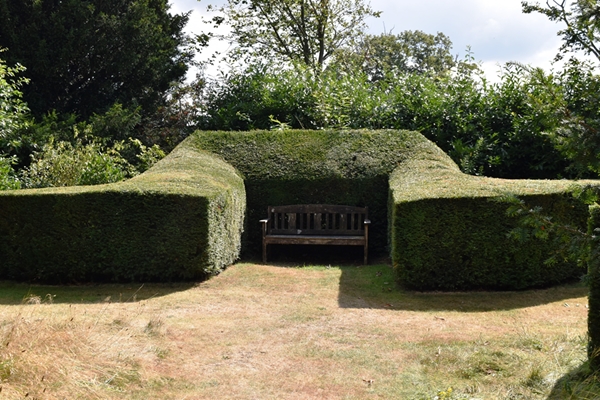

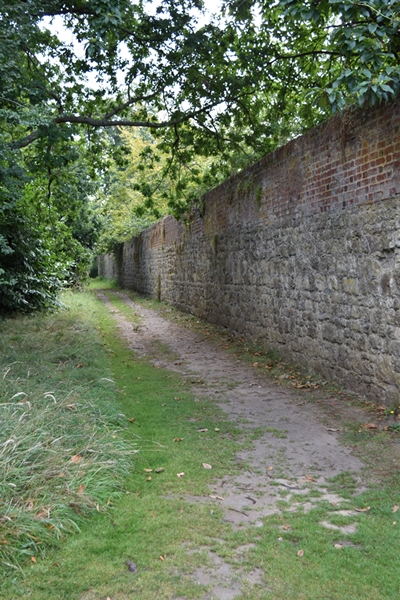
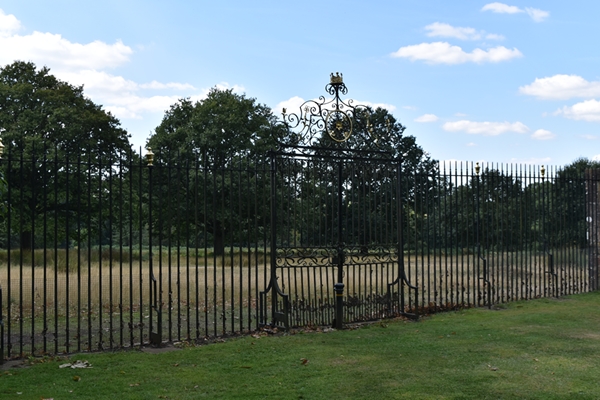
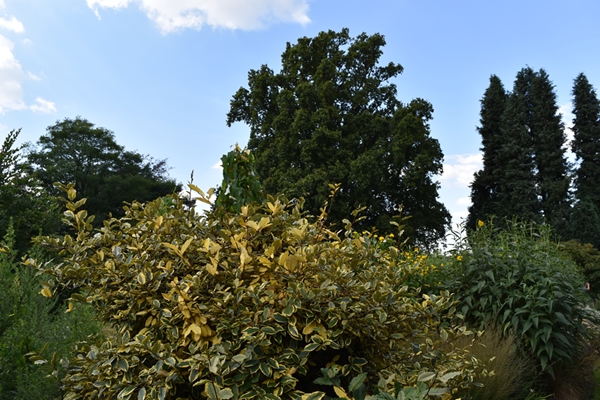
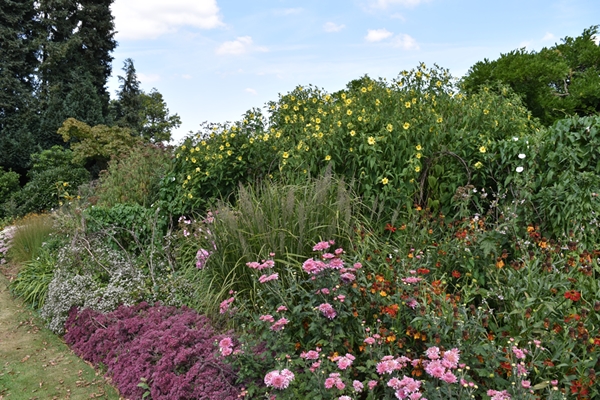


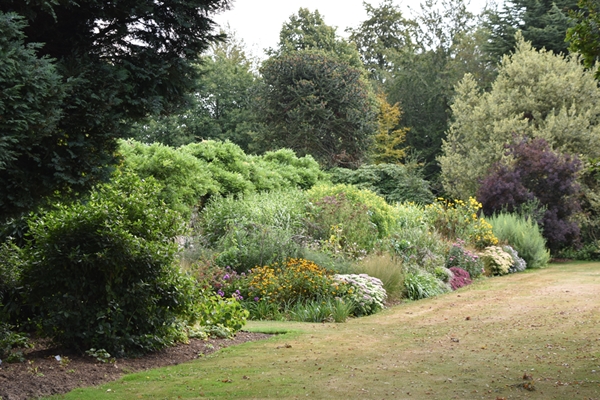
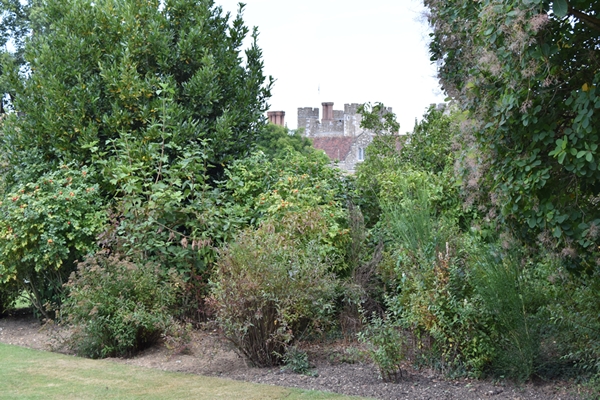
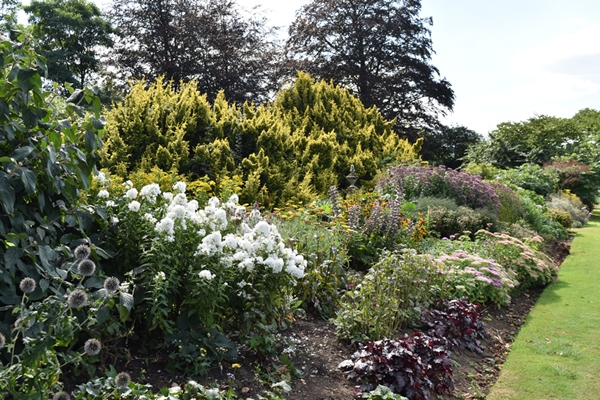







Petersham Nurseries is one of those places that is good for the soul. It is all about beauty and style, both outside and inside. I'm there at least three times a month and have rarely left there empty handed!
It's a half hour drive from my home which takes me across Richmond Park, another place that is good for the soul. It's hard to believe that you are in a big city when you are in the middle of the park surrounded by trees, bracken and deer.